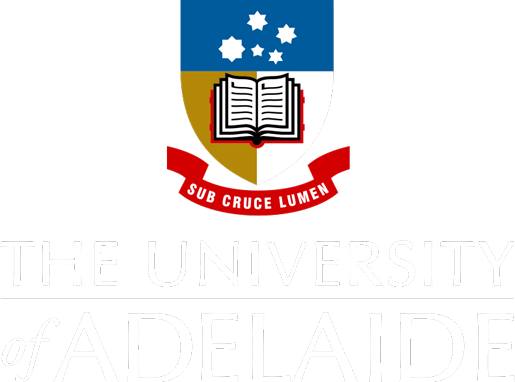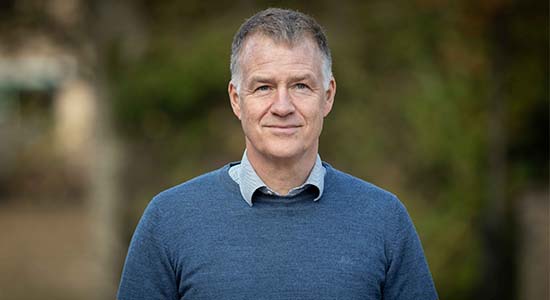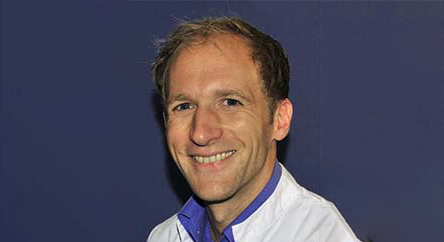Cardiac Physiology Laboratory
In the Cardiac Physiology Laboratory, we aim at elucidating cardiac electrophysiology in health and disease with a specific focus on ion channels and their associated proteins and functions using molecular, biochemical, pharmacological, and electrophysiological investigations.

Our primary research focus is on cardiac electrophysiology and arrhythmias. However, we also have ongoing projects reaching from metabolic diseases to neuronal disorders.
We aim to reveal novel functional roles of ion channels and receptors localized in the cardiac tissue, as well as in the pancreas and nervous system. We also aim to reveal and understand how disease states affect the electrophysiological function of the heart and its ion channels. Our goal is to incorporate in vitro findings into a whole organ context through the use of ex vivo and in vivo animal models.
We use electrophysiological, pharmacological and molecular tools to investigate the electrophysiological function of the heart, the mechanisms behind arrhythmia development and delineate potential beneficial effects of novel anti-arrhythmic medication.
The following are some of the techniques implemented in the laboratory:
In vivo techniques
To study cardiac disease in vivo, we primarily use rodent and porcine models. Currently we are focusing on developing ischemic heart failure and obstructive sleep apnea models, as well as generating genetically modified animal models targeting specific ion channels. We are using techniques such as electrophysiological mapping, echocardiography, monophasic action potential measurements and electrocardiography. By combining the expertise from several different areas of research, the aim is to elucidate arrhythmogenic mechanisms and identify new promising pharmacological targets.
Ex vivo techniques
Ex vivo we perform isolated heart studies, otherwise known as Langendorff experiments, which allow for the monitoring of the electrical and hemodynamic function of explanted beating hearts of rats and Guinea pigs in a perfusion system. We can hereby record and analyze multiple cardiac parameters and test novel pharmacological targets in the absence of systemic effects.
In vitro techniques
We perform a broad range of in vitro experiments, including histology and immunohistochemistry, western blot, qPCR and patch clamp experiments. We use these techniques to understand molecular pathways and to test changes in gene and protein expression, and we also use these techniques to support and our findings from the in vivo and ex vivo
Our projects are designed to reveal novel aspects of the heart’s electrical function in health and disease. Several different approaches and techniques are often used in parallel, making it possible to perform investigations from molecule to whole organ, thereby establishing the physiological importance of the findings.
The groups’ main research projects aim to unravel the mechanisms that are involved in rhythm disorders (arrhythmias) in the heart, focusing on supraventricular, as well as ventricular, arrhythmias.
Some of our currently running projects are:
- Sudden Arrhythmic Death Syndrome in the Young (SADS-Young)
- Acute myocardial infarction and sudden cardiac death in a porcine model (MI-RISK)
- Ischemic heart failure subsequent to myocardial infarction
- Arrhythmias in the setting of obstructive sleep apnea in rodent and porcine models
- In vivo genetic manipulation of cardiac ion channels using antisense oligonucleotides (GapmeRs)
- Electrical characterization of the horse heart including the conduction system
- The effect of metabolic hormones on cardiac electrophysiology
- Investigating mutations in ion channels using human induced pluripotent stem cells
- Action potential measurements in rat and human cardiac tissue
- SK potassium current in atria and atrial fibrillation
- Receptor regulation of GIRK ion channels
- Ion channel mutations underlying cardiac arrhythmia
- Regulation of ion channel activity by ubiquitylation and de-ubiquitylation
The Cardiac Physiology Laboratory group collaborates with a number of partners both nationally and internationally. Some of our collaborating partners are listed below.
| Logo | Collaborative partner |
|---|---|
 |
Director Molly Malekar, Simula Research Laboratory, Oslo, Norway |
 |
Christine M. Albert, Director of the Center for Arrhythmia Prevention at the Brigham and Women's Hospital and Professor at Harvard Medical School. |
 |
Professor Prash Sanders and associate professor Dominik Linz, The University of Adelaide and Royal Adelaide Hospital, Adelaide, South Australia |
 |
Drs Jonas Diness and Ulrik Sørensen, and Associate Professor Bo Hjorth Bentzen, Acesion Pharma, Copenhagen, Denmark |
 |
Dr. Torsten Christ, Universitätsklinikum Hamburg-Eppendorf, Germany |
 |
Professor Rikke Buhl, Equine Cardiac Group, Faculty of Health and Medical Sciences, University of Copenhagen, Denmark |
 |
Associate professor Jørgen Kanters, Laboratory of Experimental Cardiology, Department of Biomedical Sciences, Faculty of Health Sciences, University of Copenhagen, Denmark. |
 |
Associate professor Jørgen Kanters (Laboratory of Experimental Cardiology), Associate professor Morten B. Thomsen (Cardiac Electrophysiology group), Associate professor Hanne B. Rasmussen and Professor (wsr) Nicole Schmitt (Ion Channel group), Professor Thomas Mandrup-Poulsen (Inflammation, Metabolism and Oxidation group), Professor (wsr) Signe S. Torekov (Clinical Translational Metabolism group), Professor Jens J. Holst (Translational Metabolic Physiology group), Department of Biomedical Sciences, Faculty of Health and Medical Sciences, University of Copenhagen, Denmark |
 |
Lundbeck A/S: Professor Morten Grunnet and Principal Scientist Henrik Sindal Jensen, Synaptic Transmission, Neuroscience Drug Discovery. |
 |
Professor (wsr) of forensic cardiology Jacob Tfelt-Hansen, Department of Forensic Medicine, University of Copenhagen and Department of Cardiology, Copenhagen University Hospital, Copenhagen, Denmark. |
 |
Professors Stig Haunsø and Jesper Hastrup Svendsen and Associate professor Morten Olesen, Laboratory of Molecular Cardiology, Copenhagen University Hospital, Copenhagen, Denmark. |
 |
Professor Hugues Abriel, Ion Channel Research Group, Director, Department of Clinical Research, University of Bern, Switzerland. |
 |
Research Director Michael Christiansen, Head, Research and Development, Department of Clinical Biochemistry and Immunology, Statens Serum Institut, Denmark |
 |
Principal Scientist Rie Schultz Hansen, Zealand Pharma A/S |
Group leaders
Dominik Linz
Professor
Group members
| Name | Title | Phone | |
|---|---|---|---|
| Biering-Sørensen, Tor | Professor | ||
| Bjerregaard, Caroline Løkke | Student | ||
| Dominguez, Helena | Associate Professor | +4535330718 | |
| El Ali, Henrik H. | Associate Professor | +4535327257 | |
| Hertel, Julie Norup | PhD Fellow | ||
| Jonassen, Thomas | Associate Professor | +4535327616 | |
| Linz, Benedikt Maximilian | Postdoc | ||
| Olsen, Mathilde Løk | Academic Research Staff | +4526297344 | |
| Pilebo, Nicolaj Mikkel | Student | ||
| Sattler, Stefan | Assistant Professor | ||
| Sørensen, Susanne Nørskov | Laboratory Technician |


